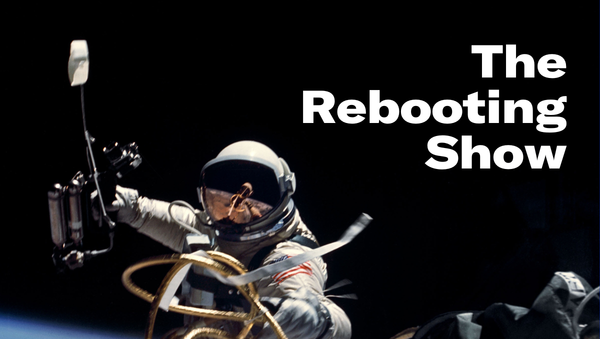Bait and switch
Too many publishers are relying on "sleeper" subscribers
I used to lament that the media business wasn’t more like the restaurant business. (This was before the pandemic, of course.) Restaurants are a tough business, most are doomed to fail and nobody should invest in a restaurant unless they want to lose money. Very similar, in many respects, to media.
But at least restaurants had a straightforward business model: You make food, people pay you. With media, indirect business models were most common, leading you to constantly balance opposing needs of your audience and your customers (advertisers or sponsors). Often the product ends up losing, as I wrote last week. You lure in readers with news, you end up exposing them to all manner of data trackers and bombard them with ads, “partner emails,” and come-ons for ancillary products like events or wine clubs. In these models, the content is not the product, it’s the marketing.




